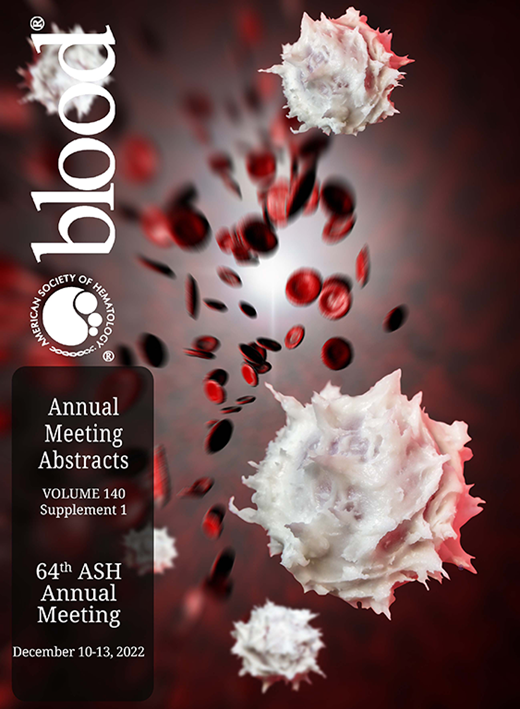Abstract
Introduction Pre-traumatic anemia, particularly iron-deficiency anemia (IDA), is independently associated with poor outcomes and increased mortality. There is also mounting clinical evidence that anemia aggravates hemorrhage which may be particularly detrimental during trauma, where accelerated hemorrhage may worsen coagulopathy.
In order to better understand what extent IDA could influence traumatic hemorrhaging, coagulopathy and mortality, we employed a model of traumatic liver injury in iron deficient mice, and evaluated the effects of prophylactic tranexamic acid (TXA) on bleeding and mortality in the setting of anemia.
Materials and Methods Severe IDA was generated in C57BL/6J mice. Three week old mice were fed an iron-deficient diet for 6 weeks. Control mice (non-anemic) were fed a normal laboratory diet. Development of IDA was confirmed by complete blood count (CBC), red cell indices, and liver iron content. Mice were pre-treated with saline or TXA (10mg/kg) and subjected to liver laceration. Blood loss (determined by weighing blood-soaked sponges in the abdominal cavity), development of coagulopathy [APTT, Factor (F)II, FV, FVIII, FX and fibrinogen), thrombin-antithrombin (TAT) complexes and plasmin-antiplasmin (PAP) complexes] were analyzed at 15 and 60 minutes after trauma. All data were expressed as the median and were compared by Mann-Whitney test. The number of mice in each group was 8-20. Seven day survival was analyzed using Kaplan-Meier survival curves, which were compared using the Mantel-Cox log-rank test.
Results IDA was ascertained by the development of hypochromic/microcytic anemia with significantly lower hematocrit (32% vs 48%, p=<0.0001) and hepatic iron content (20.04 µg/g vs. 72.41 µg/g, p=<0.0001) in anemic compared to non-anemic mice, respectively.
Anemic mice demonstrated more rapid and increased blood loss when compared to non-anemic mice. At 15 and 60 minutes after liver laceration, median blood loss was 14.5 and 20.6 µL/g (p=<0.0001) in non-anemic mice and 20.3 and 24.5 µL/g (p=0.004), in anemic mice, respectively. Prophylaxis with TXA reduced blood loss significantly in both anemic and anemic mice to a threshold of ~15 µL/g. Bleeding led to a similar degree of acute traumatic coagulopathy (ATC) in both non-anemic and anemic mice, and was characterized by progressive APTT prolongation, TAT-complex formation, and depletion of FV, FVIII, and fibrinogen. FII and FX were not affected, consistent with the presence of ATC, rather than disseminated intravascular coagulation. In contrast, the extent of fibrinolysis differed between anemic and non-anemic mice in that PAP complex formation (not elevated at 15 minutes) rose significantly in anemic compared to non-anemic mice at 60 minutes (median 44 vs 28 ng/mL, p=0.0004). TXA prophylaxis promoted the correction of ATC by near-normalization of TAT-complexes, FV, FVIII, and fibrinogen in anemic and non-anemic mice alike. However, TXA only corrected PAP-complex formation and APTT in the non-anemic mice, without affecting these parameters in anemic mice. This suggests that anemia accelerated fibrinolysis which was not controlled by TXA. The 7-day survival of anemic mice was lower compared to non-anemic mice (50% vs 75%), but increased significantly with TXA (80%, p=0.04).
Conclusion In a murine trauma model, IDA resulted in enhanced bleeding and mortality, which were both rescued by TXA prophylaxis. However, while ATC occurred to a similar extent in anemic and non-anemic mice and was corrected by TXA, only anemic mice developed exaggerated fibrinolysis that could not be suppressed by TXA. These findings suggest that hyper-fibrinolysis contributes to enhanced anemic bleeding, but that bleed and mortality rescue were not dependent on the anti-fibrinolytic effects of TXA alone. Therefore, less well defined properties of TXA (beyond fibrinolysis control) relating to vascular barrier stabilization and/or immune/cytokine modulation, may be involved in mitigation of early ATC (and, thereby, bleed control) and survival. These findings open new investigations into under-recognized pharmaco-dynamic effects of TXA beyond fibrinolysis mitigation, and could be critical for rescuing catastrophic bleeding situations (e.g. trauma, postpartum hemorrhage), especially in the presence of pre-existing anemia.
Disclosures
von Drygalski:Sanofi Genzyme: Consultancy, Speakers Bureau; Regeneron: Consultancy, Speakers Bureau; Pfizer: Consultancy, Speakers Bureau; Novo Nordisk: Consultancy, Speakers Bureau; CSL Behring: Consultancy, Speakers Bureau; BioMarin: Consultancy, Speakers Bureau; Bayer: Consultancy, Speakers Bureau; Takeda: Consultancy, Speakers Bureau; uniQure: Consultancy, Speakers Bureau.
Author notes
Asterisk with author names denotes non-ASH members.

